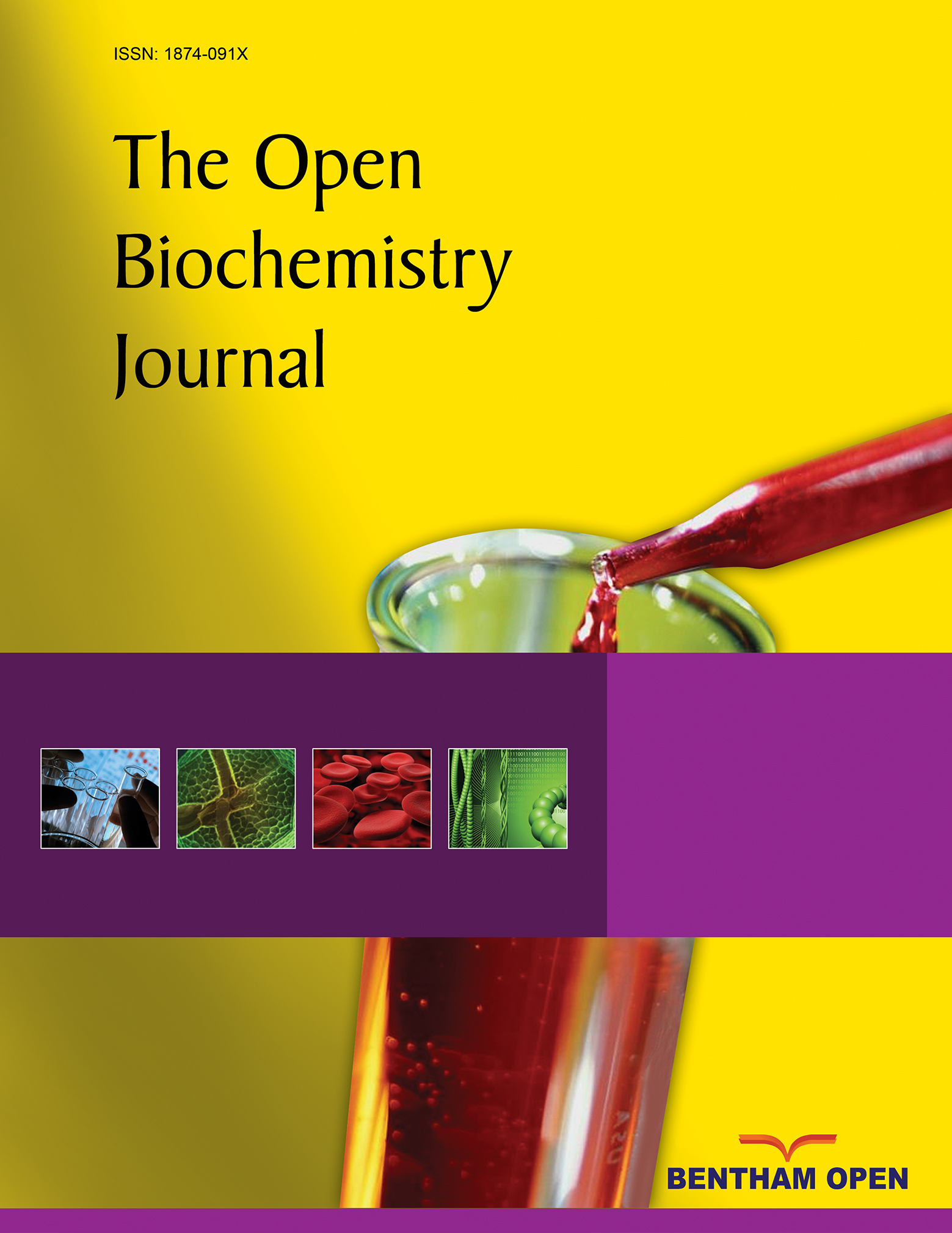Conformational States and Kinetics of the Calcium Binding Domain of NADPH Oxidase 5
Abstract
Superoxide generated by human NADPH oxidase 5 (NOX5) is of growing importance for various physiological and pathological processes. The activity of NOX5 appears to be regulated by a self-contained Ca2+ binding domain (CaBD). Recently Bánfi et al. suggest that the conformational change of CaBD upon Ca2+ binding is essential for domain-domain interaction and superoxide production. The authors studied its structural change using intrinsic Trp fluorescence and hydrophobic dye binding; however, their conformational study was not thorough and the kinetics of metal binding was not demonstrated. Here we generated the recombinant CaBD and an E99Q/E143Q mutant to characterize them using fluorescence spectroscopy. Ca2+ binding to CaBD induces a conformational change that exposes hydrophobic patches and increases the quenching accessibilities of its Trp residues and AEDANS at Cys107. The circular dichroism spectra indicated no significant changes in the secondary structures of CaBD upon metal binding. Stopped-flow spectrometry revealed a fast Ca2+ dissociation from the N-terminal half, followed by a slow Ca2+ dissociation from the C-terminal half. Combined with a chemical stability study, we concluded that the C-terminal half of CaBD has a higher Ca2+ binding affinity, a higher chemical stability, and a slow Ca2+ dissociation. The Mg2+-bound CaBD was also investigated and the results indicate that its structure is similar to the apo form. The rate of Mg2+ dissociation was close to that of Ca2+ dissociation. Our data suggest that the N- and C-terminal halves of CaBD are not completely structurally independent.


